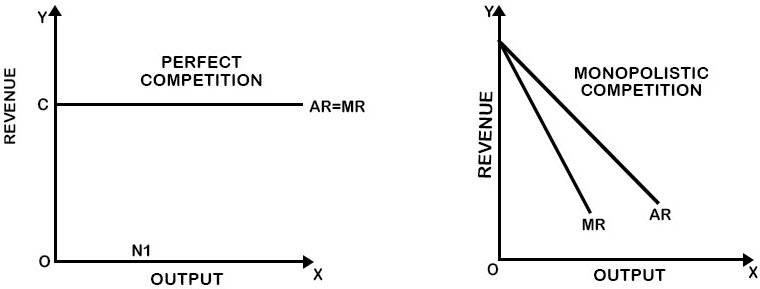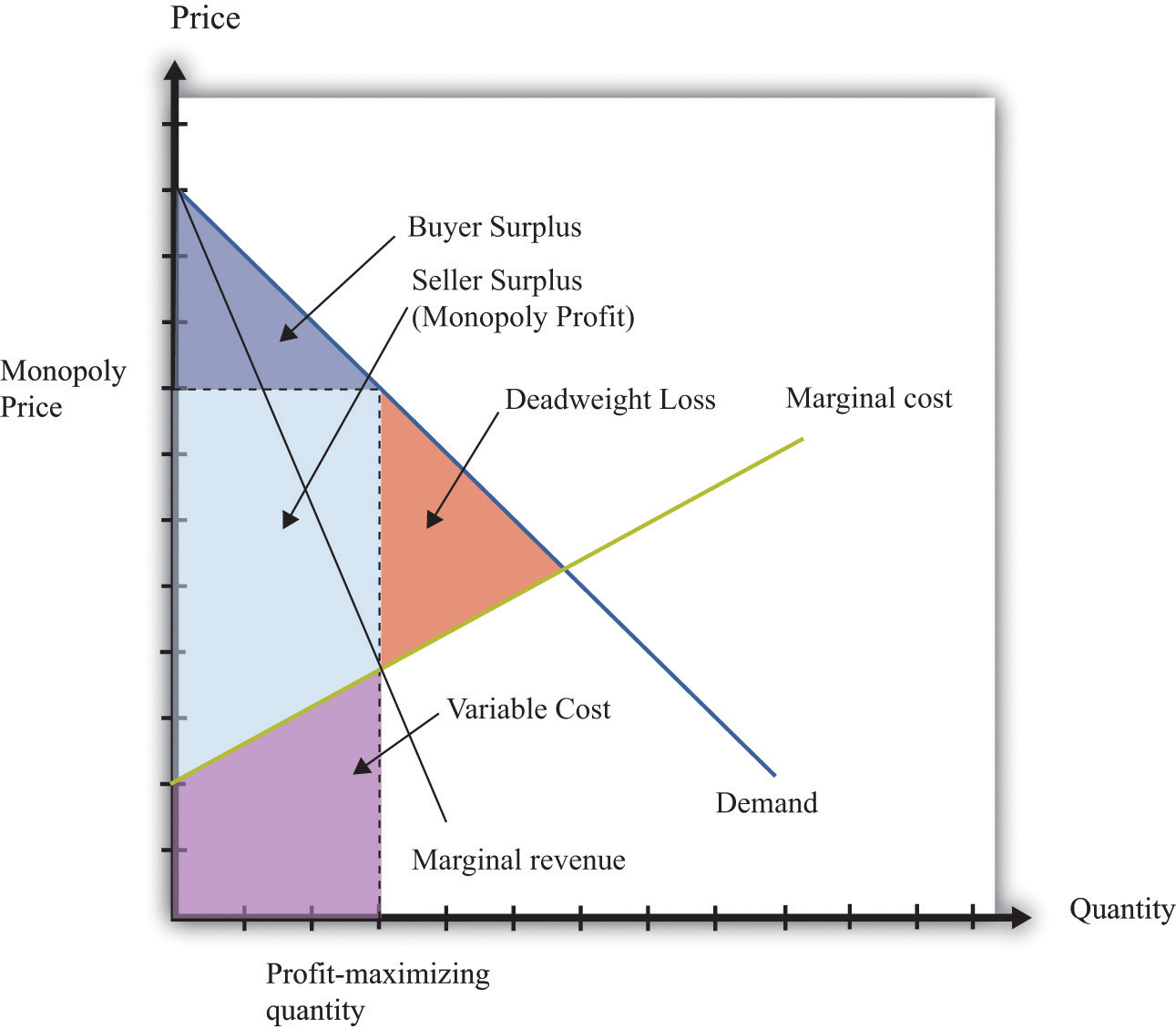As we visited in 3.7 — Perfect Competition, there are 4 types of market structures:
- Perfect Competition
- Monopolistic Competition
- Oligopoly
- Monopoly

All imperfectly competitive firms exert some level of c ontrol over the price. The ability to determine the prices comes from either the type of product they sell or the amount of competition in the market. These price-making firms face a downward sloping demand curve. This is seen in the following table:
| Characteristics | Perfect Competition | Monopolistic Competition | Oligopoly | Monopoly |
|---|---|---|---|---|
| Number of Competitors | Thousands/Millions | Many (4 largest firsts own <40% of the market share) | Few (4 largest firms own >40% of the market share, giving them pricing power) | 1 |
| Types of Products | Identical (thus, price takers) | Differentiated (which gives firms some pricing power) | Identical or Differentiated | Unique Product |
| Barriers to Entry | No | No | Yes (government regulation, customer loyalty, start-up costs etc) | Yes |
| Price Control | None | Limited | Significant | 100% |
| Long Run Profit | $0 (because of long-run self adjustment as no barriers to entry) | $0 (because of long-run self adjustment as no barriers to entry) | Positive long run profit is possible | Positive long run profit is possible |
Demand Curves and Efficiency
Since perfectly competitive firms are price takers, they have a flat demand curve. If they increase their price, they sell no goods. And if they decrease their price, they sell the same number of goods that they can produce, and they operate with less profit. In contrast, imperfect competitions are price makers. And so if they increase the price, they sell less goods. This is depicted with a downward sloping demand curve as seen below:

Similarly, perfectly competitive firms set the price to equal the marginal cost, which is the profit-maximization point. This means that they are allocatively efficient. Imperfectly competitive firms will also produce at a profit-maximizing quantity where , but they will set the price where this point meets the demand curve. If this is intersection with the demand curve is not an equilibrium point that also intersects with MC, then the firm is not allocatively efficient and there is deadweight loss.
